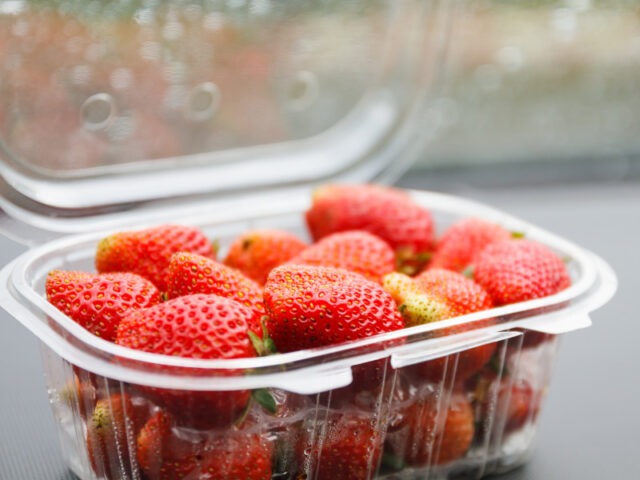An interdisciplinary research team at Geisenheim University has released findings on how packaging influences the shelf life and quality of fresh produce, focusing on asparagus and strawberries. The results underscore the role of packaging in reducing food waste and safeguarding resources across the supply chain.
At the Institute for Fresh Produce Logistics, student Franziska Schulze investigated different packaging systems in terms of freshness preservation, quality loss, and marketability. White asparagus was stored under realistic conditions for nine days, both unpackaged and in a variety of materials including biodegradable cardboard/cellulose film, fossil-based film, and in some cases, with moisture pads. Physical, chemical, microbiological, and sensory parameters such as texture, color, sugar content, and germ count were analyzed.
“By extending shelf life, the marketing window is widened, meaning there is a longer sales period. This can significantly reduce waste, especially for products with traditionally short shelf lives such as asparagus. In turn, it helps conserve valuable resources invested in production, storage, and transport of both food and packaging,” Schulze said.
The study confirmed that packaging, regardless of type, significantly delayed dehydration and prevented asparagus from becoming woody when compared with unpackaged samples.
Parallel tests were carried out on strawberries. According to research associate Marius Martin, strawberries stored in PE flow-pack film at 7 °C lost only half as much weight over ten days compared with unpackaged fruit. “Material choice is crucial but cannot be evaluated in general terms. Factors such as breathability, composition, and the product’s ability to absorb water must be assessed individually,” Martin noted.
Both studies demonstrate that shelf life is the result of an interplay between packaging, storage conditions, and logistics. “It is important to take a close look at the supply chain and determine what level of protection and shelf life is required for the specific distribution route. One must always consider how long the product will be in transit and under what temperature and humidity conditions it will be stored and transported,” Martin explained. He added: “Depending on the supply chain, different packaging systems may be suitable for the same product. For example, a simple punnet without film may be sufficient for a local strawberry producer, while longer distribution chains require more complex packaging.”
The researchers recommend that producers and retailers conduct storage tests tailored to their distribution networks to identify the most effective solutions. As part of the ongoing PackAn project, the university team is developing an evaluation tool designed to assess packaging sustainability in terms of shelf life and waste levels. The tool aims to establish a scoring system that could also serve as clear guidance for consumers.











